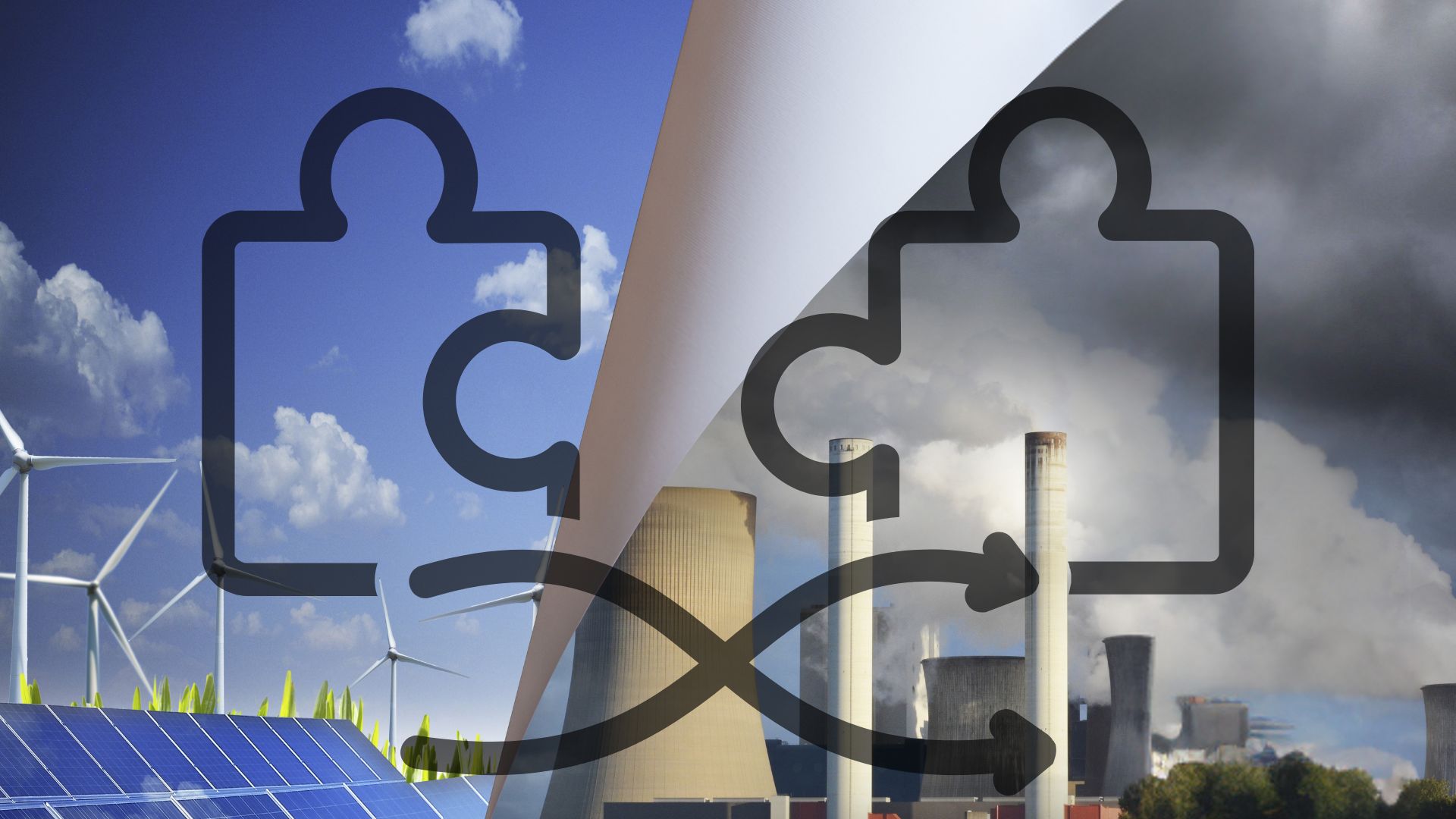Thyssenkrupp Takes the Lead in Decarbonizing Europe’s Steel Industry
Thyssenkrupp Advances Green Steel Revolution with €3 Billion Duisburg Plant A Bold Move Towards Decarbonizing Steel Production Thyssenkrupp, the German…

Thyssenkrupp Advances Green Steel Revolution with €3 Billion Duisburg Plant
A Bold Move Towards Decarbonizing Steel Production
Thyssenkrupp, the German industrial giant, has unveiled plans to reshape the future of the steel industry, committing to a €3 billion ($3.1 billion) investment in a green steel production facility set to be constructed in Duisburg. This ambitious project places Thyssenkrupp at the forefront of the green steel transition, a vital step for decarbonizing one of Europe’s most carbon-intensive industries.
The Duisburg plant is projected to significantly reduce the company’s carbon footprint, employing cutting-edge technologies that integrate natural gas and green hydrogen. This dual approach is designed to achieve substantial CO2 emission cuts compared to conventional blast furnace methods, positioning Thyssenkrupp as a key player in the global pursuit of sustainable industrial practices.
Thyssenkrupp’s Green Blueprint for Steelmaking Aligned with Germany’s Climate Goals
Central to Thyssenkrupp’s plan is its innovative use of hydrogen-based direct reduction technology. Unlike traditional blast furnaces, which rely heavily on coal, this system replaces coal with green hydrogen, dramatically reducing CO2 emissions in the steelmaking process. The integration of natural gas as a transitional energy source will further enable flexibility during the scale-up phase of green hydrogen availability.
The initial phases will rely on a combination of renewable energy and natural gas to power the facility in the short term, with a long-term goal to fully transition to green hydrogen. Thyssenkrupp’s decision to leverage green hydrogen underscores its commitment to fostering sustainable energy use, while simultaneously addressing the reality of bottlenecks in Europe’s renewable energy infrastructure.
Germany, known for its ambitious climate targets, has pledged to become greenhouse gas neutral by 2045. Thyssenkrupp’s strategy aligns seamlessly with these nation-wide objectives. By anchoring green hydrogen in their production chain and advancing its domestic adoption, the company is setting a blueprint for others in the sector.
Raising the Bar for Sustainability in Steel Amid EU Regulatory Pressures
The steel industry currently accounts for approximately 7-8% of global CO2 emissions, and Europe is the second-largest producer of steel in the world. With increasing regulatory pressures and EU climate goals driving policy changes, decarbonizing steel has become an urgent necessity. Thyssenkrupp’s Duisburg facility represents a pivotal response to these challenges.
By choosing to invest heavily in green steel, Thyssenkrupp demonstrates foresight in addressing the twin imperatives of regulatory compliance and market competitiveness. As carbon taxes, emissions trading systems, and heightened scrutiny over environmental impact grow, companies with sustainable production capabilities will likely emerge as winners in an evolving market.
Furthermore, green steel is expected to become a high-demand commodity among industries such as automotive and construction, both of which are urgently pursuing emissions reductions in their supply chains. Thyssenkrupp’s commitment ensures its ability to meet these demands while enabling clients to meet their own sustainability goals.
Economic and Regulatory Hurdles
Despite the ambitious vision, Thyssenkrupp faces no shortage of challenges. The transition from natural gas to green hydrogen requires a robust and affordable infrastructure for renewable energy and hydrogen production. Presently, the availability and cost of green hydrogen remain hurdles to large-scale adoption.
Additionally, while Germany and the EU have announced multi-billion funding packages to advance hydrogen strategies, the rollout of these programs is complex and time-sensitive. Thyssenkrupp’s success will depend on close collaboration with policymakers, energy providers, and other stakeholders to ensure these frameworks are operational by the time the facility is active.
Economic uncertainties also pose a risk. Rising costs in raw materials, energy, and technology implementation could increase financial pressures on the company as it navigates this transition. However, Thyssenkrupp’s proactive positioning and readiness to adapt showcase its ability to handle these headwinds, setting a strong precedent for the sector.
Timelines and Industry Impact
Thyssenkrupp has set clear milestones for the Duisburg facility, with plans to break ground by 2024 and begin operational testing as soon as 2026. Once fully operational, the plant is expected to produce over 2.5 million metric tons of low-carbon steel annually, representing over 20% of the company’s total steel output.
The ripple effects of this project extend beyond Thyssenkrupp. One of the largest steelmakers in Europe advocating for green hydrogen solutions is likely to encourage other industry players to follow suit. Furthermore, such initiatives could lead to broader infrastructure development, spurring investments and job creation in hydrogen production, renewable energy, and engineered solutions for heavy industries.
A Turning Point for Steel and Beyond
Thyssenkrupp’s €3 billion green steel plant represents more than just an industrial milestone; it symbolizes a critical turning point for decarbonization in heavy industries. By combining innovative technologies, strategic investment, and environmental foresight, Thyssenkrupp is laying the groundwork for a future where clean, sustainable steelmaking becomes the standard rather than the exception.
While challenges remain, this strategy positions Thyssenkrupp well to lead Europe’s green revolution in steel and contribute significantly to global decarbonization goals. For an industry long seen as a climate laggard, this signals a hopeful step towards a cleaner, more sustainable path.
What's Your Reaction?






























































